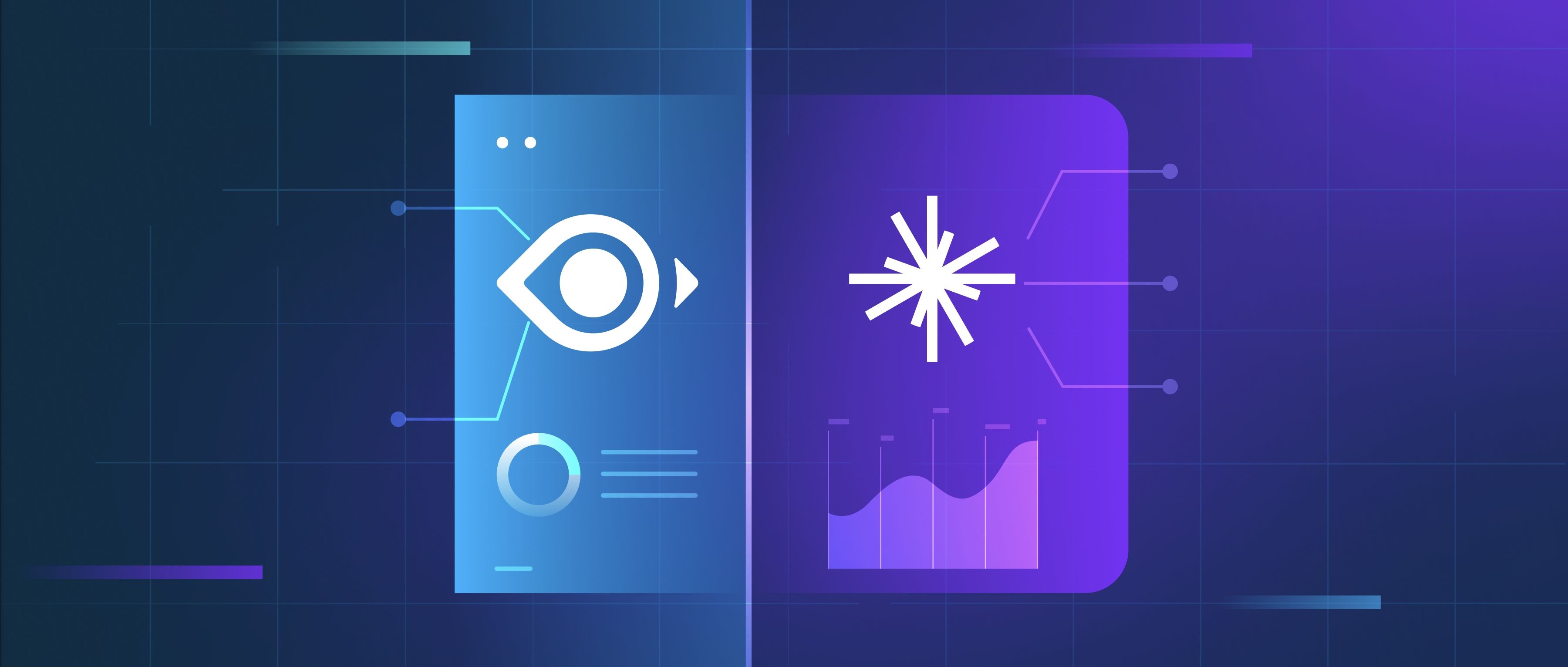NLP plays a crucial role in document classification by automating the categorization of text into predefined labels or categories. For instance, it can classify documents as "legal," "financial," or "educational" based on their content. NLP techniques like Bag of Words, TF-IDF, and embeddings (e.g., Word2Vec or BERT) are used to represent the text numerically for machine learning models.
Supervised learning algorithms like Support Vector Machines (SVM), Random Forests, or neural networks can then classify the documents. Pre-trained transformer models like BERT or DistilBERT further enhance classification accuracy by capturing contextual relationships in text. Applications include spam email detection, customer feedback analysis, and sentiment-based review classification.
Document classification systems are widely used in industries like legal tech, where they automate contract review, or in e-commerce, where they organize product descriptions into relevant categories. Open-source libraries like Hugging Face Transformers, spaCy, and Scikit-learn provide tools for building efficient classification pipelines.
